Breathe Easier: Your No-Nonsense Guide to Evicting Dust Mites
I’ve spent a lot of time in people’s homes, helping them figure out why they just can’t stop sneezing. So many folks I’ve worked with were doing everything right—they cleaned constantly, but the stuffy noses and itchy eyes just wouldn’t quit. And more often than not, the invisible culprit was the humble house dust mite. These microscopic critters are a fact of life, but for allergy sufferers, they can turn a cozy home into a misery zone. My goal has always been to help people create a space where they can actually breathe, and I’ve learned that fighting dust mites isn’t about one magic spray. It’s about understanding what makes them tick and methodically taking it away.
In this article
First, let’s get something straight. Dust mites aren’t insects. They’re tiny arachnids, related to spiders, and you can’t see them without a microscope. They don’t bite or spread disease, so the mite itself isn’t the enemy. The real problem is its waste. These mites produce tiny droppings that contain a powerful protein allergen. When this stuff dries out, it becomes airborne with the slightest movement—like fluffing a pillow or walking across the room. When you breathe that in, your immune system freaks out. The goal isn’t to get rid of every single mite (that’s impossible, honestly). The goal is to lower the allergen level in your home so it’s below your personal trigger point. And that is absolutely achievable.
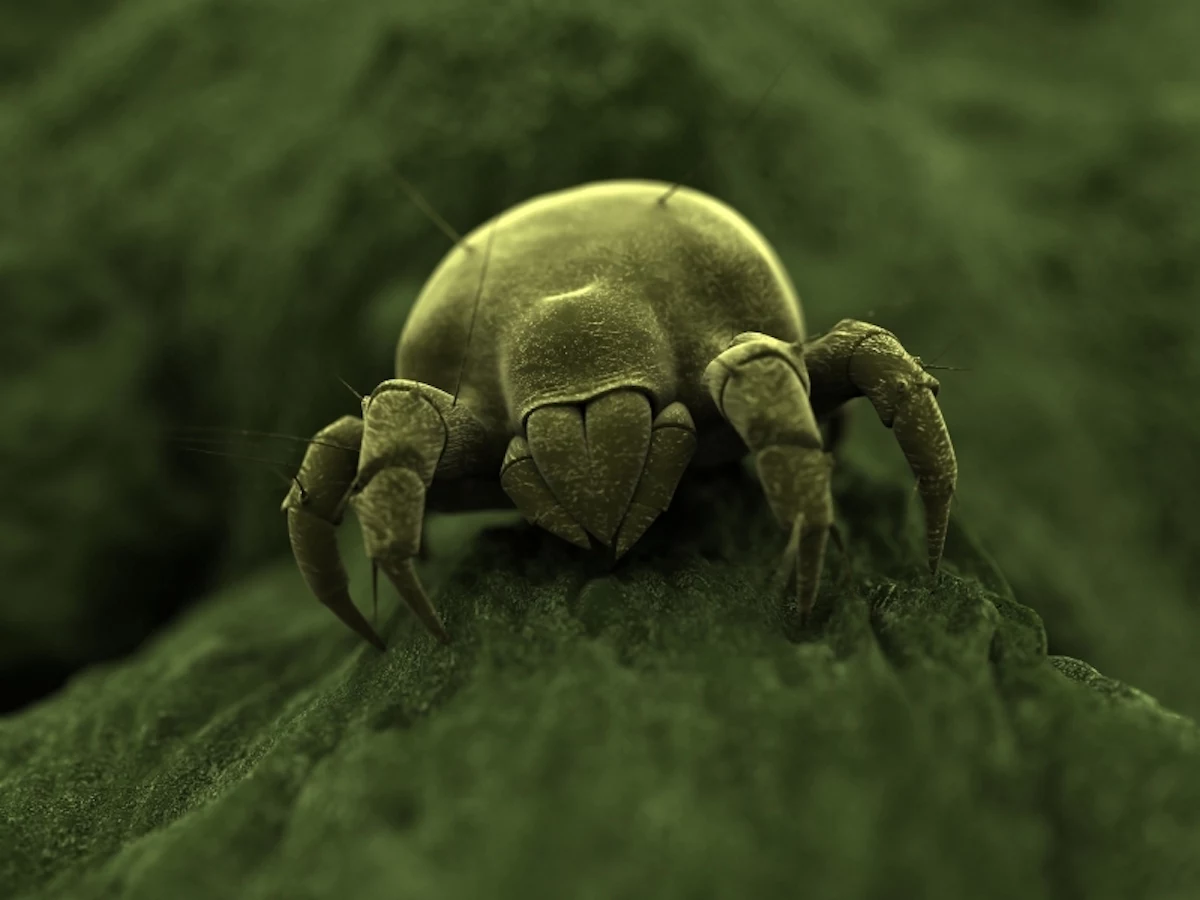
Know Your Enemy: What Dust Mites Crave
To really win this battle, you have to think like a mite. What do they need to throw a party in your pillows? It boils down to three simple things: food, warmth, and moisture. If you start cutting off their access to these, their population will plummet. This is the foundation of every successful dust mite plan I’ve ever put into action.
1. Their Food Source: You!
Dust mites are big fans of keratin, the protein in the dead skin cells we all shed every single day. We shed enough to feed millions of them, which is a bit gross to think about, but true. This is why you’ll find the highest concentration of them where we spend the most time—our beds, couches, and carpets are their favorite all-you-can-eat buffets.
2. Their Ideal Temperature: A Cozy Home
They thrive in the same temperatures we do, typically between 68°F and 77°F. In this range, they’re living their best life and reproducing like crazy. While you don’t need to live in a refrigerator, it’s good to know that cooler temps slow them down.
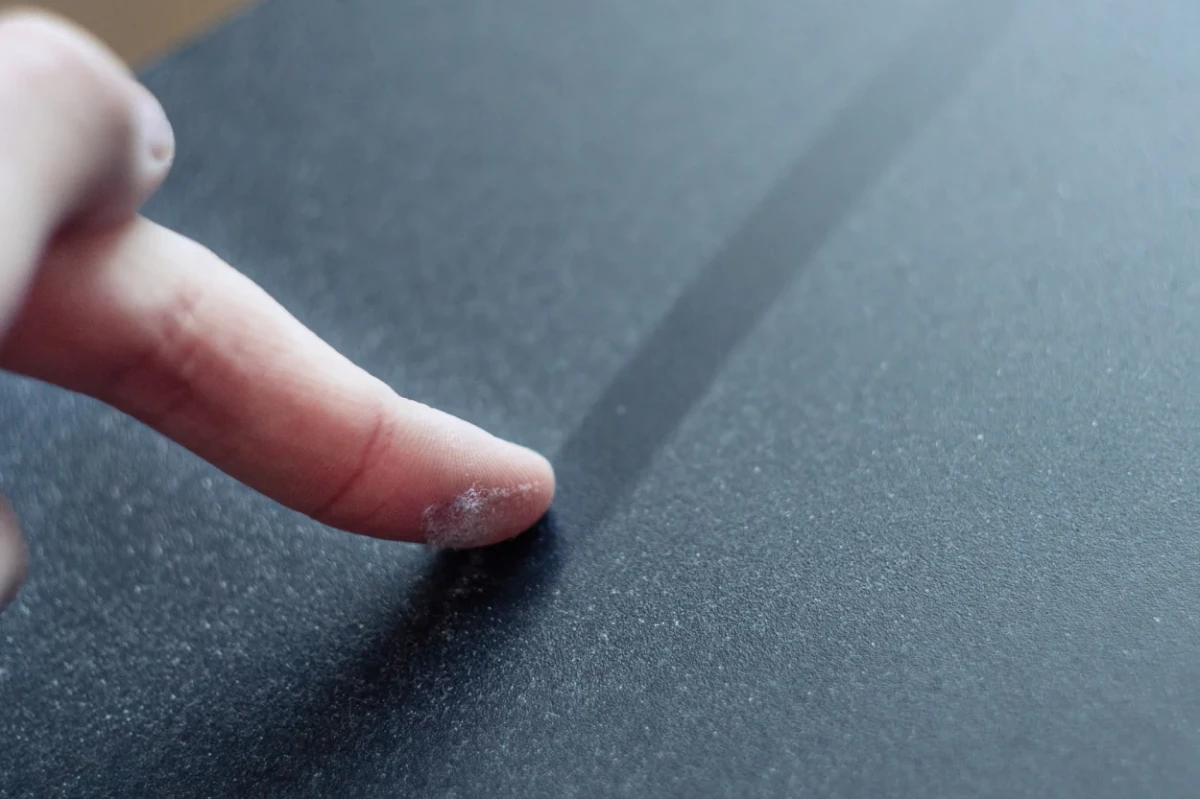
3. Humidity: Their Achilles’ Heel
Okay, pay attention, because this is the most important one. Dust mites don’t drink water; they absorb it directly from the air. They need the relative humidity to be above 60% to really thrive. When you drop that humidity level below 50%, they start to dehydrate, can’t reproduce, and eventually die off. This is your secret weapon. Seriously. I’ve seen homes in dry climates with almost no mite problems, while homes in humid regions face a constant struggle.
A quick tip: Buy a couple of digital hygrometers. They’re super cheap—you can get a 2-pack on Amazon for about $15. Put one in your bedroom and one in the main living area. Your mission is to do whatever it takes to keep that number below 50%. It’s the best fifteen bucks you’ll spend on this project.
Start in the Bedroom: The #1 Battleground
You spend a third of your life in bed, providing a constant supply of warmth, moisture (from breathing), and food (skin cells). Your mattress is ground zero for dust mites. If you tackle the bedroom first, you’ll get the biggest bang for your buck and likely feel a difference almost immediately.

Feeling Overwhelmed? Do These 3 Things First.
If you’re reading this while sneezing, just focus on this. These are the immediate action steps that make the biggest difference:
1. Encase Your Bed. Buy allergen-proof, zip-up covers for your mattress, box spring, and all your pillows. This is a non-negotiable first step.
2. Wash Bedding Hot. Strip your bed and wash all sheets, blankets, and pillowcases in water that is at least 130°F (55°C).
3. Control the Air. Get that hygrometer and work on getting your bedroom’s humidity below 50%, using a dehumidifier if needed.
Oh, and here’s a free experiment you can do tonight. QUICK WIN: Strip all the decorative pillows, throws, and stuffed animals off your bed. Just for one night. See if you wake up feeling even a little bit different. It’s a great way to see how much those fabric items contribute to the problem.
Invest in REAL Allergen-Proof Encasements
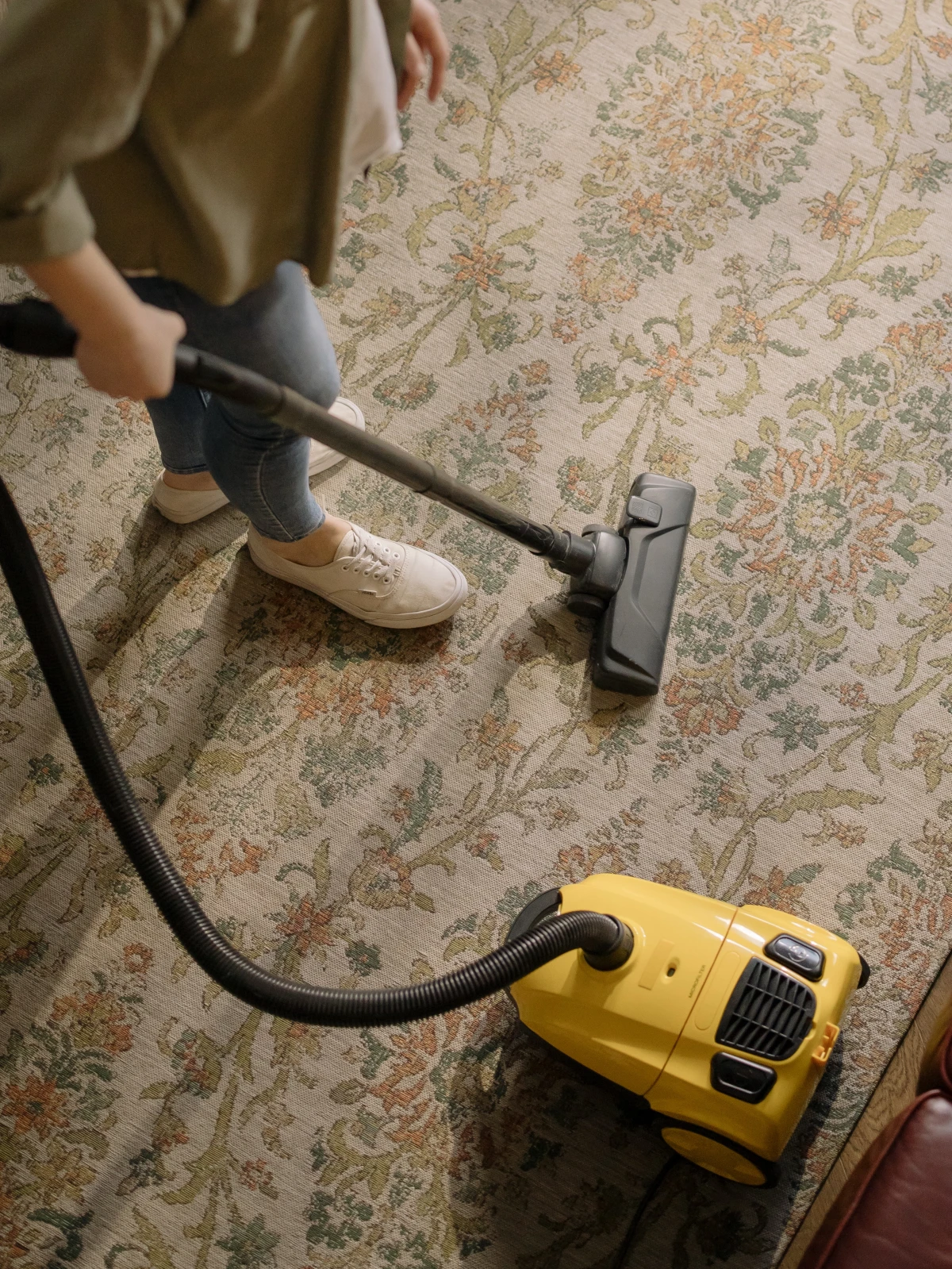
A standard mattress protector won’t cut it. You need a cover made from a special, tightly woven fabric that zips around the entire mattress. The key is the pore size—it has to be smaller than 10 microns to block mite allergens. This seals the existing mites inside (where they eventually die, cut off from food) and prevents new ones from moving in.
Heads up! Don’t buy the cheap, crinkly vinyl ones. They’re noisy, hot, and you’ll hate sleeping on them. Look for breathable microfiber or cotton versions. I’ve seen clients have great luck with brands like Mission: Allergy or Allersoft, which you can find online. A good quality queen-sized set for your mattress and pillows will probably run you between $70 and $150. It’s an investment, but it’s the cornerstone of your entire defense strategy. And don’t forget the box spring!
The Weekly Hot Water Wash
You have to wash your bedding weekly in water that’s at least 130°F. Many modern water heaters are set to 120°F to prevent scalding, which isn’t quite hot enough. Hot water is crucial because it not only kills the mites but also breaks down the actual allergen protein.
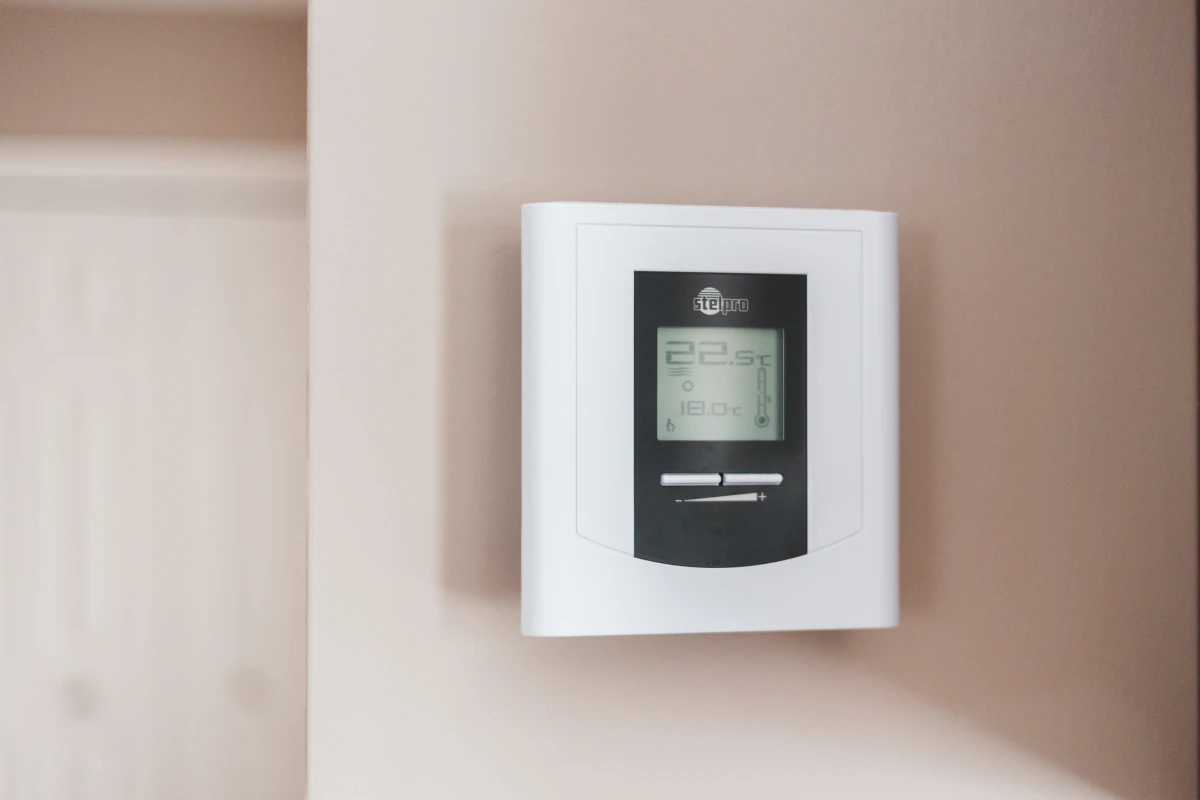
If you can’t turn up your water heater, no worries. Many modern washing machines have a “Sanitize” or “Allergen” cycle that uses an internal heater. Another option is to wash on warm, then run the items through a hot dryer cycle for at least 20 minutes. The high heat will do the trick. For delicates or a child’s favorite stuffed animal, here’s a pro tip: stick the item in a plastic bag and pop it in the freezer for 24 hours. That will kill the mites, and then you can wash it on cool to rinse away the allergens.
A Whole-House Approach to Mite Management
Once the bedroom is a safe zone, you can apply the same logic to the rest of your house. The goal is a clean, dry environment that mites just don’t like.
The Carpet Problem
From a home health perspective, wall-to-wall carpeting is a giant sponge for allergens. If you have a serious mite allergy, the best long-term solution is to replace it with a hard-surface floor like wood, laminate, or tile. It’s a big step, but it makes cleaning 100% effective.

If you have to keep the carpet, you need a great vacuum and a solid routine. You’ll want to vacuum at least twice a week with a machine that has a true HEPA filter. And here’s a detail many people miss: you also need a “sealed system.” Cheaper vacuums can have a HEPA filter, but if the machine’s body has gaps and leaks, it just spews dusty, allergen-filled air right back out. Look for the phrase “sealed system” or “sealed allergen system” in the product description. Be wary of vacuums under $150 claiming to be great for allergies. A good one is an investment, usually $300 and up, but it will actually capture what it picks up.
And please, vacuum slowly! A quick pass does nothing. Here’s a little technique I teach my clients:
- First, go over a small area with slow, overlapping strokes, moving north-to-south.
- Then, go over that exact same spot moving east-to-west.
- Move so slowly it feels a little weird, like one foot every 3-4 seconds. That’s the pace you need to pull gunk from deep in the pile.
Master Your Humidity
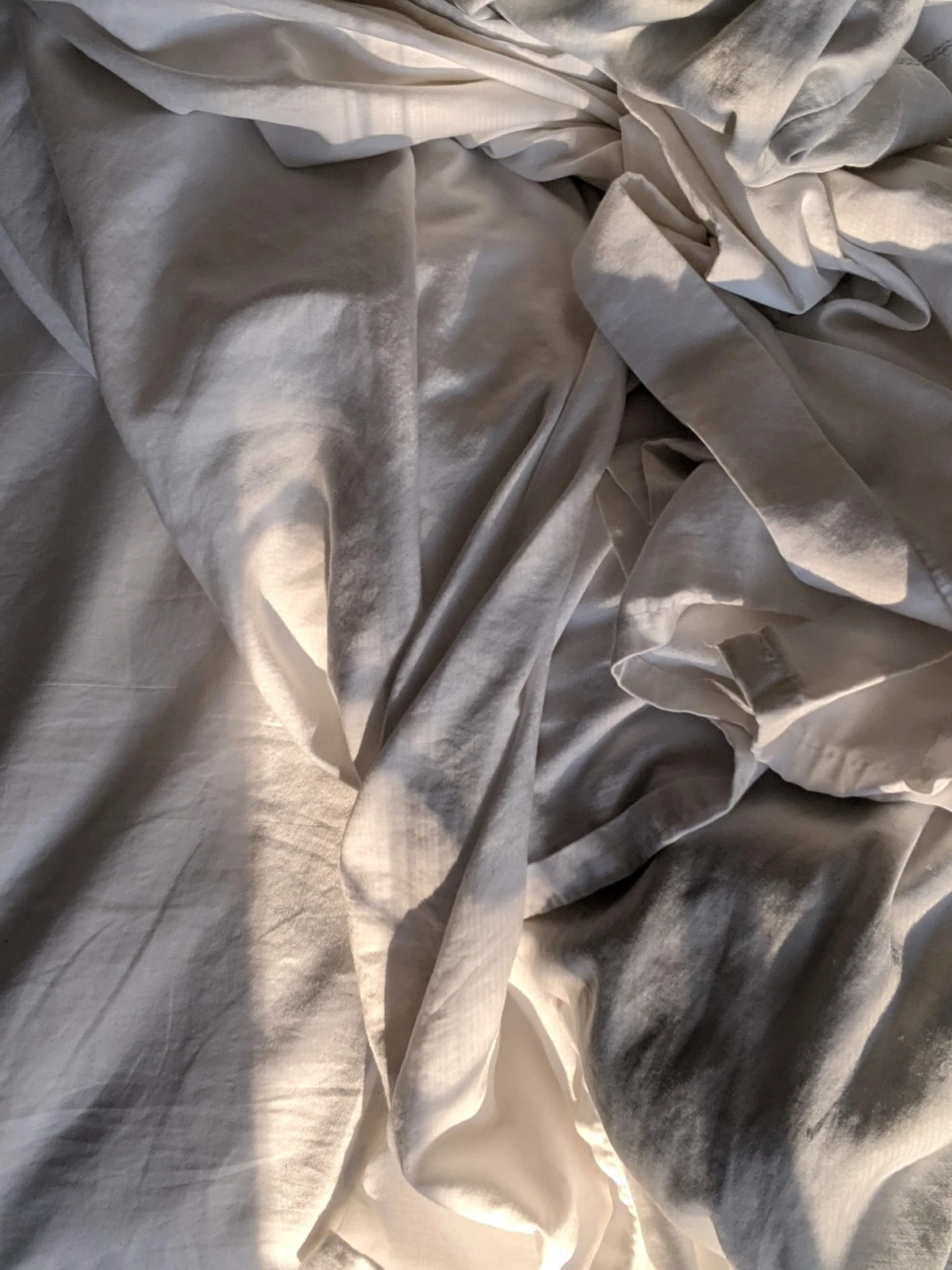
As I mentioned, this is your biggest lever. In humid seasons or climates, you will likely need a dehumidifier. I had one client in a humid area who was at his wit’s end. He bought a single dehumidifier just for his kid’s bedroom. A week later, he told me it was the first time in years his son had slept through the night without coughing. Sometimes one targeted change makes all the difference.
Also, make simple habits part of your routine. Always use the exhaust fan when you shower and let it run for 15 minutes after. Use the range hood when you cook. And make sure your clothes dryer vents properly to the outside—a leaky vent can pump an incredible amount of moisture into your home.
Rethink Furnishings and Clutter
Every fabric surface is a potential mite habitat. If you can, opt for furniture made of leather or wood that can be wiped clean. Choose washable curtains instead of heavy drapes. And try to dial back the number of throw pillows. A minimalist, easy-to-clean space is naturally a low-allergen space. Decluttering isn’t just for looks; it removes hiding spots for dust and allergens.
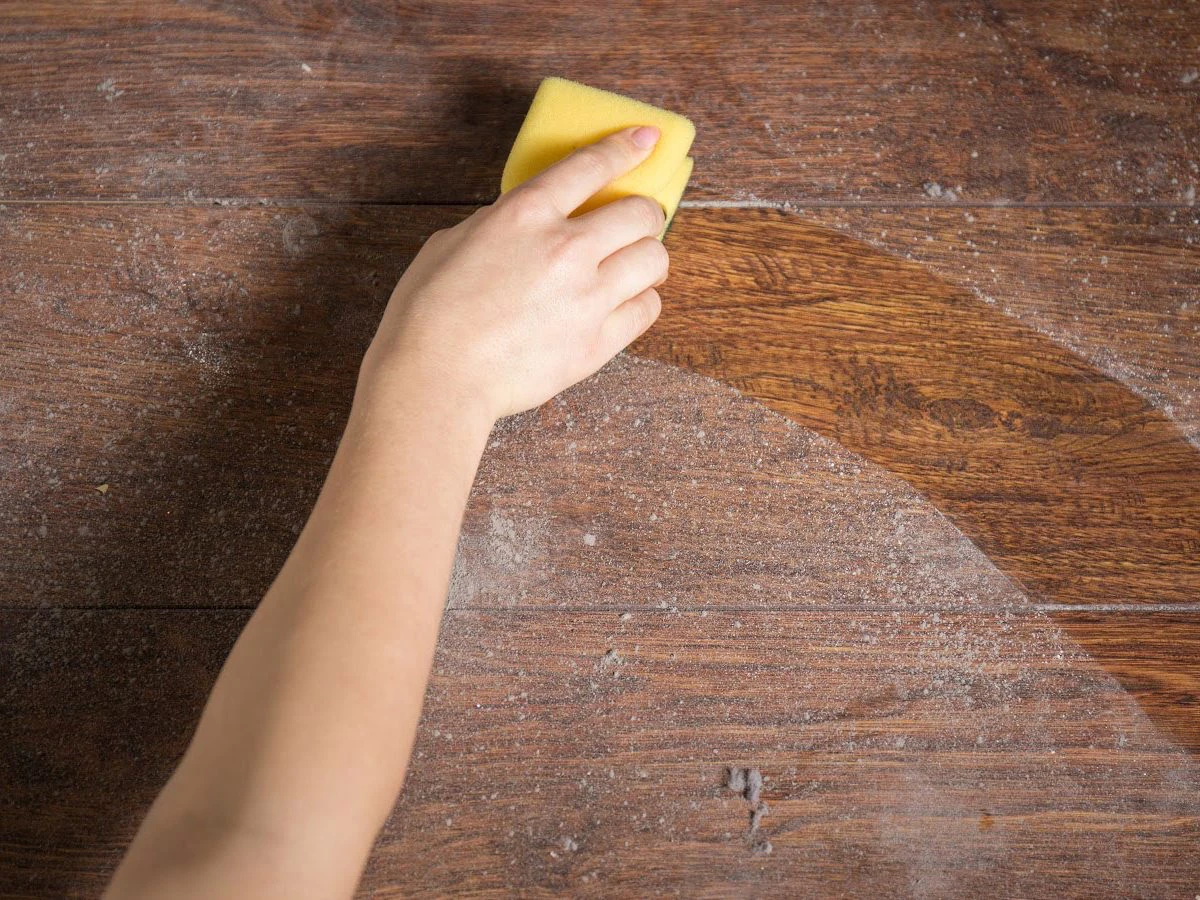
What About All Those Gadgets and Sprays?
The market is flooded with products promising to solve your mite problem. It’s important to know what actually works and what’s just a waste of money.
- Air Purifiers: A good HEPA air purifier can be a helpful supplement, but it’s not a primary solution. Why? Because mite allergens are heavy and don’t stay airborne for long. An air purifier can only grab what’s floating by. It’s great for capturing allergens you kick up while cleaning, but it does nothing for the allergens already settled in your mattress or carpet. Think of it as a secondary tool.
- Chemical Sprays (Acaricides): I’m very cautious about these. My philosophy is always to solve the problem by controlling the environment, not by adding chemicals to it. These sprays can cause respiratory irritation on their own, and their effect is temporary. Once they wear off, the mites come right back if the conditions are still good for them. Plus, they don’t remove the allergens that are already there.
- UV-C Light Wands: You may have seen these advertised. In a lab, with prolonged exposure, UV-C light can kill mites. But waving a low-power wand over your mattress for a few seconds is, frankly, useless. The light can’t penetrate into the fabric where the mites are hiding. From my experience, these devices are not worth the money for this purpose.
A Final Word on Consistency
Controlling dust mites isn’t a one-time deep clean. It’s about ongoing maintenance. It’s about creating a simple, sustainable routine that becomes part of how you care for your home. Wash the bedding weekly. Vacuum and damp-dust regularly. Keep an eye on your humidity. It takes effort, yes. But the reward—breathing freely and feeling comfortable in your own home—is more than worth it. You’re taking back control of your environment, and that’s a powerful thing.
Inspirational Gallery
The Bedroom’s First Line of Defense: If you do only one thing, make it this. Encase your mattress, box spring, and pillows in certified mite-proof protectors. Look for products with a pore size of 10 microns or less—brands like Allersoft or Mission: Allergy specialize in these tightly woven fabrics that physically block mites and their allergens from reaching you. It’s the single most effective step to reclaim your sleep sanctuary.
A study from Kingston University revealed that the average unwashed pillow can contain up to 16 different species of fungi and that dead skin cells, dust mites, and their feces can account for up to a third of its weight after two years.
Can you really allergy-proof your design style?
Absolutely. Think clean and minimal. Swap heavy, dust-trapping drapes for sleek blinds or washable cotton curtains. Choose leather, wood, or plastic furniture over upholstered pieces where possible. If you love rugs, opt for low-pile, washable options like those from Ruggable, and avoid wall-to-wall carpeting, especially in the bedroom. Less fabric means fewer places for mites to call home.
- Wash all bedding and blankets weekly in hot water (at least 130°F / 55°C).
- Damp-wipe hard surfaces instead of dry-dusting to trap allergens.
- Vacuum with a HEPA-filter vacuum, paying special attention to seams.
- Declutter to reduce dust-collecting surfaces.
Consistency is your superpower. Making this a weekly ritual dramatically lowers allergen levels.
HEPA Vacuum: These vacuums use a High-Efficiency Particulate Air filter, trapping microscopic particles like mite allergens and preventing them from being blown back into the room. A must-have for allergy sufferers. Look for sealed-system models from brands like Miele or Shark.
Standard Vacuum: Without a HEPA filter, a regular vacuum can actually make allergies worse by aerosolizing the fine allergen particles, kicking them up into the air you breathe.
For a true clean, a certified HEPA vacuum isn’t a luxury; it’s a necessity.
The battle against dust mites is often fought with humidity. These critters absorb moisture from the air and can’t survive in environments with less than 50% humidity. Investing in a good dehumidifier (brands like Frigidaire or Honeywell offer reliable models) to maintain a humidity level between 30% and 50% creates an inhospitable desert for them, effectively stopping them from multiplying in the first place.
According to the American Lung Association, dust mites are a leading trigger for year-round allergies and asthma.
This isn’t just about a stuffy nose. For millions, controlling the dust mite population is a critical part of managing their respiratory health. By reducing your exposure, you’re not just cleaning your house—you’re actively creating a healthier environment for your lungs.
What about the kids’ non-washable stuffed animals?
They can be a major haven for dust mites. The solution is a cold one. Place the toys in a sealable plastic bag and put them in the freezer for at least 24 hours. The freezing temperatures will kill any mites. Afterward, give them a good shake outside or a quick vacuum with a brush attachment to remove the (now harmless) dead mites and allergens.
- Waking up with clear sinuses.
- Less nighttime coughing or wheezing.
- Reduced skin irritation and itchiness.
The secret? A two-pronged attack on laundry day. First, wash everything in water heated to 130°F (55°C) to kill the mites. Then, if your machine has the option, use a steam cycle. The high-temperature steam penetrates fibers to denature the protein allergens left behind, delivering a final blow for a truly allergen-free bed.
While not a substitute for hot water washing, a DIY linen spray can help refresh bedding between washes. Mix 1 cup of distilled water, 2 tablespoons of witch hazel, and 10-15 drops of eucalyptus or tea tree essential oil in a spray bottle. Both oils have properties that are inhospitable to mites. Lightly mist your mattress and pillows when you change the sheets for a fresh scent and a hostile welcome for any new critters.










